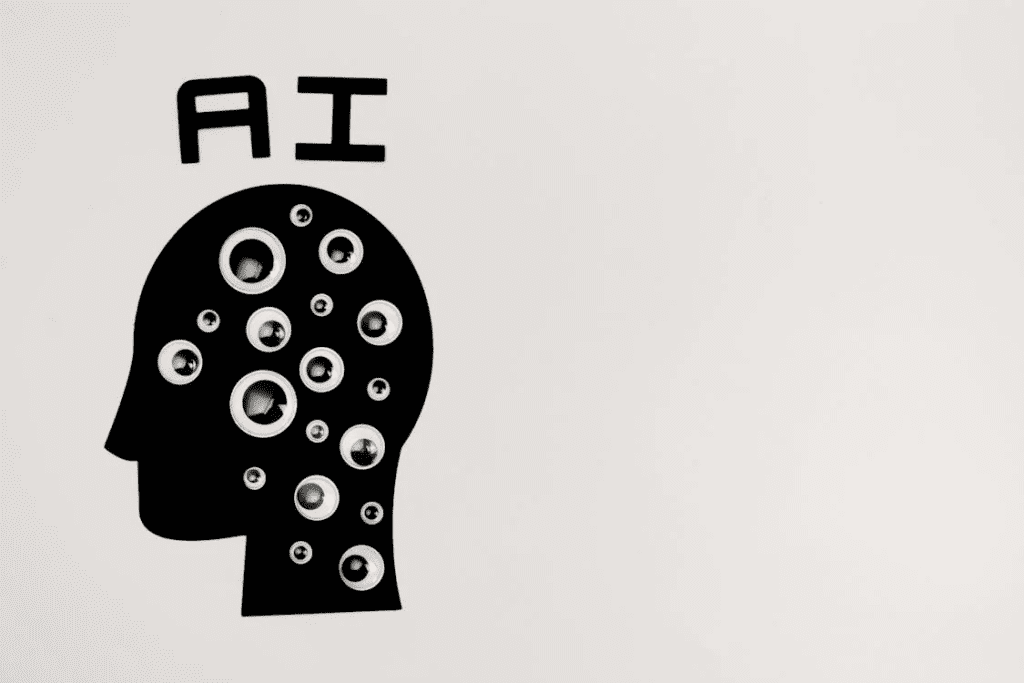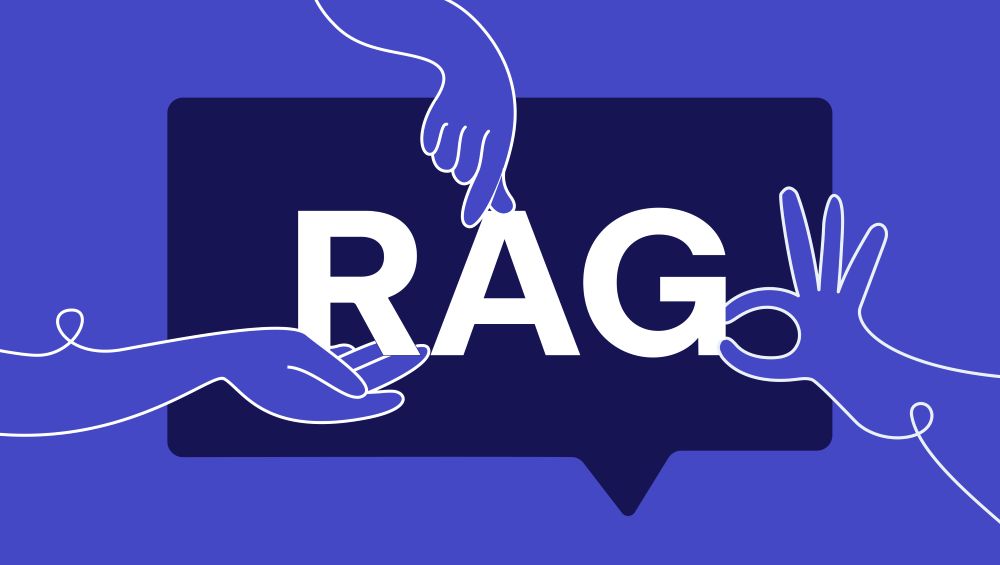Large language models (LLMs) have substantially transformed Natural Language Processing (NLP) by exhibiting exceptional capability in text creation, translation, and answering questions. However, their reliance solely on static training data presents limitations in factual accuracy, domain specificity, and access to the latest information. RAG, or the Retrieval-Augmented Generation, emerges as a powerful solution which can be used for narrowing such gap making LLMs a lot more capable than they actually are.

- Factual Inaccuracy: LLMs can inadvertently provide an answer which is not genuine or they may pull non-existent information from their training data. The main obstacle is the high accuracy required for tasks like an answer or a summary of a subject matter with a focus on facts.
- Lack of Domain Specificity: LLMs are unable to undertake problem that are domain-specific and assigned to a particular field such as medicine, law or finance. Their training data might not be enough to take into account the subtle terminologies and concepts needed to be able to give appropriate answers in these domains.
- Limited Access to Current Information: The static nature of LLM training data means they lack access to the latest information and updates. This can hinder their ability to provide relevant responses in situations where current knowledge is crucial.
You may also like to read: 10 Reasons Why You Should Not Use ChatGPT for Writing Content
The Solution
An RAG tool addresses the aforementioned limitations by introducing a two-stage process that leverages external knowledge retrieval:
The first stage is Retrieval. In this, once an inquiry or prompt has been given, the Retrieval-Augmented Generation (RAG) system immediately starts searching for the relevant documents or passages from the designated knowledge base. This knowledge base can be specific to a given industry, the compiled data set, internal documents or real-time data feeds. The retrieval process employs information retrieval methods to provide the most relevant information that is related to the prompt or query.

This two-stage approach offers several advantages over traditional LLM approaches:
- Improved Accuracy: Limiting the factors leading to wrong answers, the RAG method ensures the accuracy of the facts. Information contained in the structured data provides the LLM with a reference point ensuring its outputs are consistent with established facts and timely knowledge.
- Enhanced Domain Specificity: Integrating specific knowledge bases in domain allows LLMs to perform better in specialized jobs. Through this approach the LLM receives applicable vocabulary and concepts from which it should be able to tweak its answers to the needs of the specified domain context.
- Access to Current Information: Instant data merging provides decision-making on the most updated available data. This is particularly important for the activities that rely on continuously evolving knowledge including news article summarization and market analysis etc.
- Transparency and Credibility: RAG systems usually offer the documents that have been retrieved as reference material. This facilitates the users understanding of the process of how the LLM is making its outputs, which consequently leads to the enhancement of the transparency and credibility of the generated responses.
You may also like to read: Optimizing Your Website’s SEO with ChatGPT: A Simple Guide
Scope and Challenges
The potential applications of RAG are vast and span various industries. For instance, the use of RAG-powered chatbots could be a solution to the long existing challenge of providing the most accurate and informative responses. In another instance, RAG can produce summation which are more encompassing and closely linked to the particular context by having the retrieval information at hand to identify the main points and the factual data. RAG can even help in the development of creative material like poems, scripts, or promotional materials on the fly.
Despite its significant advantages though, RAG presents challenges that require further development. For starters, the integration of relevant and updated knowledge base and proper management are important for effective delivery. The knowledge base’s quality together with its scope of coverage determine whether the extracted information is precise and useful or not.
The addition of the information extraction and processing layers to the LLM workflow design can be viewed as an extra dimension of complexity which may contribute to the increased computational resources. Streamlining the retrieval process and implementing algorithms that are effective at scale are both critical to the scalability and the practical implementation of the suggested technology.
Lastly, it is imperative to take into account unbiased and representing different views to formulate the AI development properly. Bias may appear even in the foundation of a knowledge base, so the developers must review it carefully to eliminate the unfair and inaccurate results showing up in the final product.
As a research continues to deal with these challenges, RAG is the main element, which has the prospect to transform many NLP applications. Currently, there are several innovations leading to more efficient knowledge base management, retrieval techniques designed to be able to retrieve information promptly, and the integration of these techniques into LLMs which will further boost the technology’s capabilities. RAG helps to widen the knowledge scope between interpretations of AI systems and the concepts that the AI system will be serving. This enables building up of AI systems that are more contextually aware and reliable.

